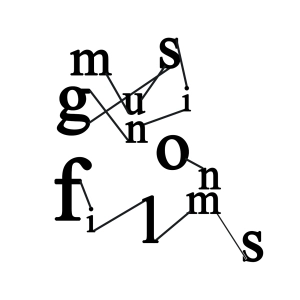
Screening at the Norwich Radical Film Festival
The dreaded curse of the film festival is when two films are shown at the same time. Two duelling voices fought within my mind. Do I watch Timothy Bottoms’ directorial debut, Welcome to the Men’s Group (2016), about how fragile masculinity is? Or do I watch a film with young female protagonists living on a council estate?
So anyway. I made my decision. I was the only person who made that decision, left to a projector scene in a church hall amongst a couple of event volunteers.
This film feels like the fever dream of a 15 year old just getting into radical politics, coming up with ridiculous, idealistic yet deeply flawed politics and just going with it because YOLO. Our protagonists follow in the footsteps of Che Guevara (although they resist wearing his face on a t-shirt), and apparently solve the housing crisis in the process. Where politicians and urban planners and austerity is unable to tread, two teenage girls solve the crisis in one housing estate that represents a wider issue.
It’s a lesbian love story, where their entire revolution could have been avoided had they not been too shy to express their feelings. So let’s explore how difficult it is to give a queer romance a voice amongst the pressures of heteronormativity through some throwaway scenes and making out, without making it the focus, yet simultaneously integral to the story.
Our protagonists are self-centred dicks, only caring about themselves and only ever thinking in the short term. So like most 16 year olds. Except here, being a self-centred dick includes tearing the elderly apart from their families, suffocating them to death, inducing grief, as if they’re not actual people.
“Old people shouldn’t be allowed to vote! They’re ruining the next generation! Old people are racist! Old people are sexist! Old people are homophobic! They voted for the Tories and caused Brexit! They’ll be dead soon!”
There’s a place to explore the deep divisions between the elderly and the young, not only within a spectrum between left wing and right wing politics, but also in places of relatability, even if in small ways). But this film doesn’t really find a good way to do that.
The film never questions how fucked up their methods are. Instead, it heralds them. Students now have a cheap flat of their own, and don’t have to live with their parents. The revolution succeeds. A new social space is instituted for young people (aka clubbing and sex), who simultaneously subvert stereotypes by pretending to be drug-addicted lowlifes. The elderly find themselves in a sheltered community where, despite the fear of a terrorist attack, become more of a community than ever before.
This film is stupid. But it’s also kind of cool at the same time.



You must be logged in to post a comment.